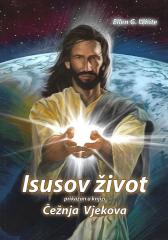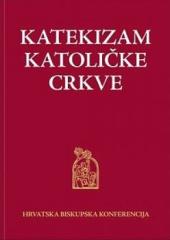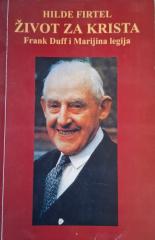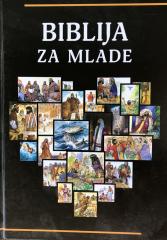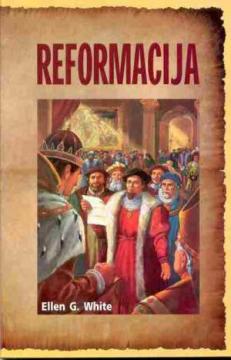
Reformacija
How and why 95 theses were nailed to the door of the Wittenberg Cathedral. Origin and overview of the reformation movement in the 16th century, in some European countries. Famous and less famous reformers - Martin Luther, Ulrich Zwingli, Phillip Melanchth
While one day browsing through the books in the university library, Luther found a Latin Bible. He had never seen such a book before. He did not even know it existed! Now for the first time he had the entire word of God before him. As he turned its sacred pages, fear and wonder mingled within him; with a quickened mind and a pounding heart he read the words of life, pausing here and there to exclaim, “Oh, that God would give me such a book!” Every moment he could spare from his daily duties was used for study.
One of the greatest holidays, the feast of All Saints, was approaching, and people were flocking to the church in Wittenberg in great numbers. On the day before the said holiday, Luther, joining the throngs already going to church, nailed to the church door a document containing ninety-five theses against the doctrine of indulgences. He declared that he was ready to defend these theses at the university the next day against all who thought they should be refuted.
His theses attracted universal attention. They were read, reread, and repeated throughout the land. A great excitement arose at the University and throughout the city. The questions that Luther raised soon spread throughout Germany, and within a few weeks they were heard throughout the Christian world.
This was the beginning of the Reformation—a movement that offered the world an open Bible!
One copy is available


